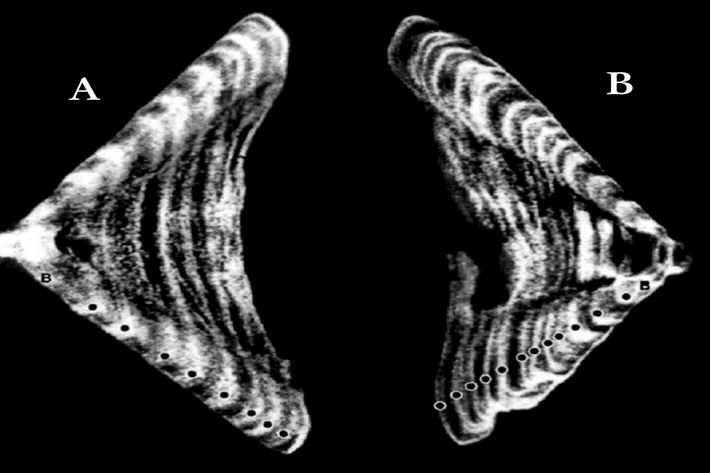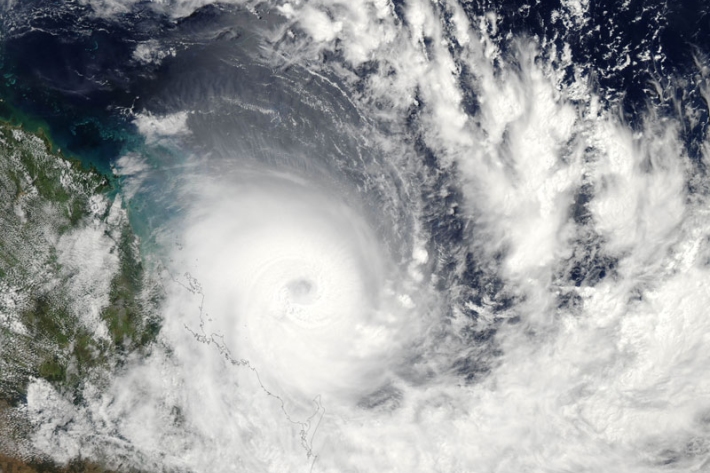-

Inanga
Inanga are the predominant species in the modern whitebait fishery. -

Impacts of wood processing
Impacts of timber processing activities on water quality and mahinga kai. -

What is the chance of a warm summer in Invercargill?
In this activity you will analyse the Southern Oscillation Index and investigate the chances of getting below normal, normal or above normal summer temperatures in Invercargill. -

Map Chatham
Education ResourceExtremes of temperature are rare as the Chatham Islands are small land masses surrounded by sea. -

Marine geological hazards
Education ResourceNew Zealand faces a variety of hazards associated with undersea geological activity. -

Resources and References
Links to related resources and websites -

Determining the age of fish
Research ProjectNIWA expends considerable effort on determining the age of commercial fish species. But why age a fish? And how do we do it? -

Floods
Education ResourceRiver floods occur when water spills from a river channel onto land that is normally dry, and are one of New Zealand's costliest natural hazards. -

Identification and e-guides
Downloadable and printable guides on identification of common freshwater invertebrates found in New Zealand waterways and lakes. -

Storms and cyclones
Education ResourceCommon questions about storms and cyclones in New Zealand.

